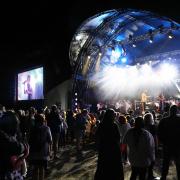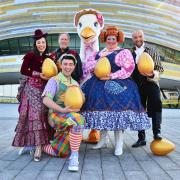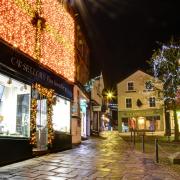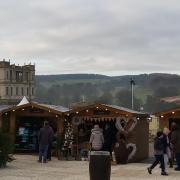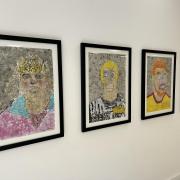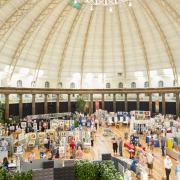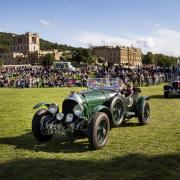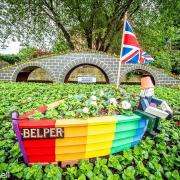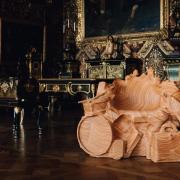Jonathan Wallis, Derby’s Head of Museums & Museum and Art Gallery Development writes about ‘A Blacksmith’s Shop’, c.1771, by Joseph Wright of Derby
When trying to understand a painting, art historians research the artist’s letters, notes and account books to discover the story they wanted to tell. Sometimes these exist, sometimes they don’t, but often it doesn’t matter because anyone can look at a painting and tell a story from what they see.
‘A Blacksmith’s Shop’ by Joseph Wright is a good example of this. Wright painted a number of slightly different versions of blacksmith’s shops, farriers and forges in the 1770s and his paintings now hang in some of the world’s greatest galleries, including the Hermitage in St Petersburg and the Tate Gallery in London.
This version hangs in our museum and gallery and is a fantastic example of Wright’s depiction of work and industry at night. Wright’s account book refers to this painting, but merely tells us how he wanted to depict a story that was credible and believable. It tells us no more than what we can see for ourselves.
At its simplest level, it depicts three blacksmiths working an iron bar at night. One man works a pair of bellows to heat the forge, one wields a hammer and a third holds the glowing iron onto the anvil. All three men convey energy and industry, as well as skill and concentration.
Close by, a group of children crowd round an older man, who is also holding a hammer. His hat and coat suggest he is not participating in the work and I like to think of him as the master blacksmith supervising the process. However, he hardly seems interested in the work and instead seems deep in thought.
Each of the three children wears a different expression, from a smile to a pensive, questioning look. Are these the children of one of the working smiths? If so, why did the smiths and their families get up in the night?
The answer to this question seems to lie with the people standing outside in the half light. A woman on a horse talks to a group of men. Her shawl is falling off and she is gesticulating with her hand.
Perhaps she is pointing at the lame horse or explaining the accident that led them to call unexpectedly at the blacksmith’s shop during a night-time journey – arousing the interest of his family. This would be the credible reason that Wright mentions in his book, but the more I look at the painting, the more I see and the more confused I get.
Examining the building, it looks like some sort of ruined church, with holes in the roof and worn and chipped stones, implying years of decay and neglect. The light comes from two different sources, the moon and the white hot bar, while sparks shower across the shop with each fall of the hammer.
Many people have read more into the painting than we have evidence for. Some say the crumbling building represents the Church as its power wanes in the face of science and industry. Others say the glowing iron implies the manger in the nativity, with industry depicted as the second coming, the new religion. We know that Wright moved in the same circles as the Enlightenment’s greatest thinkers and natural philosophers, some of whom questioned the Bible. But then Wright was also a regular church-goer, with friends who took an active part in church life. I suspect that we will never really know what Wright was saying, but it is wonderful to hear our visitors discuss their own ideas. And I am free to consider my own further questions, such as where are the blacksmiths’ wives? Where were the riders going and why did they need to travel at night?
These questions may never be answered – but such are the questions that bring Wright’s paintings to life.






